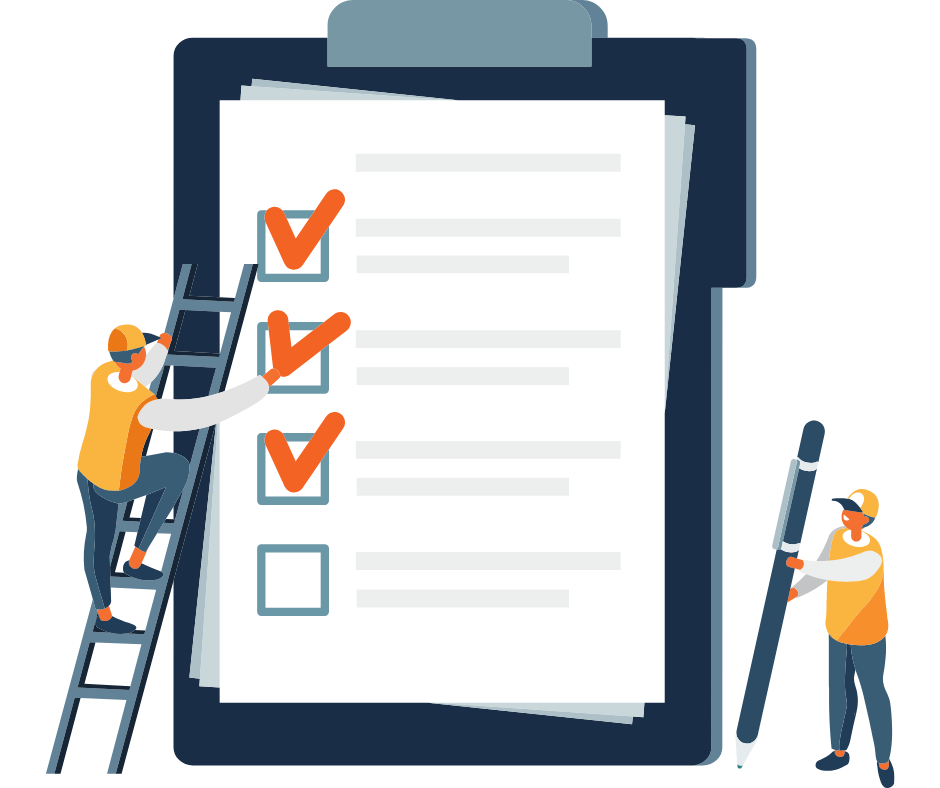Imagine spending all that time on your CV to receive rejection after rejection. Now compound that with the fact that non-executive director jobs and other fractional director roles are some of the most applied for roles and you face a daunting prospect and little no chance of finding a role through applying.
But there are things you can do to improve your chances and the first is to recognise the rise of ATS systems (Applicant Tracking Systems).
What is an Applicant Tracking System?
Applicant tracking system software provides tools for companies and recruiters to collect and sort thousands of CVs.
When you apply online, your CV rarely goes directly to a recruiter or the actual person doing the hiring. Enter stage left the ATS. And it is here that your knowledge of ATS could make all the difference; depending on how well your CV is optimized for ATS algorithms will mean the difference between a human seeing your CV and a “bot” auto-rejecting it, based on key words, formatting and other things.
Why do companies choose to use an ATS?
Let’s start with the bigger companies; these employers are usually hiring for several jobs at a time and receive hundreds of CVs for most vacancies. With many job seekers nowadays sending CVs without even reading a job specification, the ATS can weed out unqualified candidates.

They also keep the CVs in one place, helping HR professionals and others stay organised. The theory is that they also allow the best candidates to be highlighted, quickly. top candidates. In reality, top candidates slip through the cracks.
As one simple example – if you are a finance person who has worked for a BIG4 accounting firm and you add KPMG to your CV but not “BIG4”, there is a chance the CV will be missed. Again, it comes down to the user of the ATS setting up correct synonyms and other settings but you can see how easy this is to miss.
A few of the big names in ATS:
| Taleo | Workday | SuccessFactors | Greenhouse |
| Brassring | iCIMS | Jobvite | Lever |
| SmartRecruiters | JazzHR | CATS | BambooHR |
If you’re applying to a large organization, chances are you’ll face an ATS. If you’re applying through any online form, you’re applying through an ATS. Even job sites like Indeed and LinkedIn have their own built in ATS.
How do ATS work?
Applicant tracking systems collect and store CVs in a database. These CVs are often stored long after the original job you applied for is filled.
Viewing Applications
Some still glance at every job application that comes through their applicant tracking system. In this case, most take a quick glance at the applicant’s past highlights, job titles, and companies. They can make a determination about whether they want to learn more in a few seconds. It’s important to make sure your top skills and qualifications are easily identifiable.

Automatic CV Rankings
Some systems will automatically compare a CV to the role specification. For example the ATS Taleo names its ranking system “Reg Rank”, which ranks each applicant based on how well their CV scores, based on the job description.
Virtualnonexecs.com has developed a system that checks your CV against key criteria and the in-house CV Writing team can craft a CV that works for your target role and also checks against many of the main ATS systems (listed above). It dramatically increases the chances of your CV seeing a human set of eye balls.
Keyword Searches

A common way that companies (and headhunters) filter CVs in an applicant tracking system is by searching for key skills and titles.
For example, if a recruiter is hiring for a Financial Services Non-Executive Director position, out of 600 CVs, their first step will probably be a search for “Non-Executive” AND “Financial Services” OR the string of words “Financial Services Non-Executive Director”. This isolates candidates that have done the exact job before. Anyone that doesn’t have that exact term in their resume is out of luck despite potentially having every skill and sector experience (for example “Barclays Bank Non-Executive” would not suffice but is still highly relevant.
Virtualnonexecs CV Team help clients build winning CVs that tick all the relevant boxes for the age of the ATS.
Non-Executive or Portfolio Director candidates who can predict the correct keywords will have the greatest chance of being included in search results.
Resume formatting matters in applicant tracking systems
You know that CV you’ve spent hours styling and crafting? Yes, the one with the border and the italic font! Well forget it. When you upload your CV into an ATS, the company won’t necessarily view the file. Some ATS parse the document into a digital profile and this means the CV loses its formatting but does become a uniform and searchable document for the ATS user.

The problem with most ATS parsing algorithms are they are dramatically outdated, causing your CV information to get distorted (and in many cases, lost!) Now remember that “keywords” are essential to ATS success and here we are, parsing CVs and potentially losing those valuable keywords. This is bad news for applicants.
While modern ATS are moving away from this practice, some popular systems still do it. In order to create an ATS friendly CV that is parsable by these outdated systems, be sure to keep section headings simple, use consistent formatting for your work history and dates, avoid tables, and use a .docx or .pdf file format.
There is no silver bullet to beat applicant tracking systems
Getting past an ATS and landing a job interview requires a well-written CV that is mindful of ATS algorithms.
Here’s a few of the simplest pieces of advice for how to beat ATS when applying for non-executive director or other portfolio career roles:

- Carefully tailor your CV every single time you apply.
- Always match your CV keywords to those obvious words you find in the job description.
- Use both the long-form and acronym version of keywords (e.g. “Master of Business Administration (MBA)”
- Use a chronological CV
- Don’t use tables or extravagant formatting.
- Use a traditional CV font.
- Don’t use headers or footers – this is an obvious way to lose information that needs to be parsed from your CV.
- Use typical CV headings and not fanciful versions of these headings eg. “Work experience” or “Career history” not “My journey”
- Save your file as a .docx if possible
Remember that while outdated ATS systems are still in use at some large companies, the new ATS being developed for the modern age are much improved; as employers contend for the best talent, candidate experience is becoming more of a priority.
Automation and ranking systems aren’t going away; they’re just becoming more technical!
At Virtualnonexecs we can help you craft an ATS-optimized CV and this is the first step to getting past the bots and win more face to face interviews! Book a call with your Consultant today.

